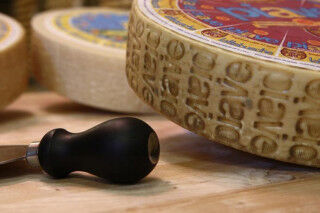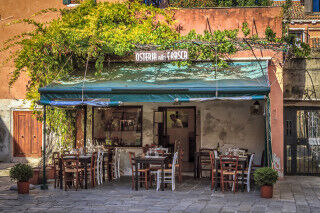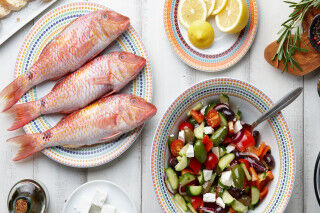THE INTRINSIC AND EXTRINSIC MEANING OF FOOD-TELLING
Who knows what ancient roots the story of food has, but without a shadow of a doubt the universe continues to be entranced by food-telling. In fact, telling the story of food tries in every way to make people reflect and understand the countless taste experiences, or immolates oneself with sublime narration through any kind of observation.
Substance and circumstance both assume significant roles when they are linked to each other. The language of food, unlike verbal languages, aims to express the subject’s concreteness and its intrinsic semantic values through its selected means of communication. Although there are many opinions on the subject, food is and remains a definition of culture: something that has invented and transformed the world. It represents the fruit of our identity and, at the same time, a fundamental tool to express and communicate it.
HOW IMPORTANT IS THE GASTRONOMIC LEXICON FOR FOOD-TELLING?
When the creation of a gastronomic vocab maintains an original, attentive approach, the creation of a gastronomic lexicography certainly does not represent a waste of time. Instead, it can come very close to making the void of this field seem much smaller, although it remains a resource in the making thanks to the difficulty of its research. This field boasts an irresistible charm, because it possesses great exhibitionism, and is quite pervasive. How does it manage to be both charming and pervasive, you might be asking yourself. This field recognizes the varieties of products, lists the types of dishes, and obtains the “taste” of beautiful linguistic forms so it can count, compare, and classify foods, binding them together with spelling and definitions. What we tend to overlook is that the beginning of the lexicographic approach begins with the collection of dishes and words scattered in cookbooks, guides, manuals, periodicals, almanacs, atlases, and websites.
Information can come even from some enlightened encyclopedias and sporadic dictionaries. For some time now, the kitchen speaks a multitude of many lovely international languages, that can create great difficulty in the arena of restaurant menus, as well as reviews and cookbooks. Words need different forms of controls and checks, and their collection and harvest must go beyond a threshold intended to merely dazzle without substance. These words must live up to their aim of broaching foods as a subject, they must make the flavors sing, and they must make the scents be smelled as if they were the object in themselves.
GUSTO AND THOUGHT: A PHILOSOPHICAL QUESTION?
It can’t be overlooked that gastronomy has taken root in the hearts and souls of entire audiences in the new millennium that until now had been castigated and marginalized. The appeal of gastronomy likely is thanks to its ability to detach itself from the simplistic pleasures of food and managing to grasp the various nuances of sensoriality. Indeed, taking taste seriously does not mean elevating it to a level of intellectual snobbery; instead, it’s about re-evaluating everyday life starting from the most ordinary experiences: tasting a regional traditional specialty, sipping a cup of tea, or even biting into a crisp apple.
EAT AS YOU SPEAK OR DESCRIBE
Because we can’t yet make dishes 3D through words alone, flavors will continue to be evoked and taste buds stimulated through names and associations. A creation replicates itself, persists over time, until it takes root in communities or geographical enclaves, frequently and seeking to beam itself into new areas and further over pre-established borders. This research field is clearly the offspring of the quest for knowledge: of the land and animals, herbs and milk, flour and rennet, water and salt, but above all else, of applied ingenuity and imagination invested in the pleasure of the five senses.
So it will still be worthwhile to follow the words in their evolution of meaning, because if food customs change, the language that refers to food will also change. As we continue in our understanding of the figurative image, we will continue to dream about refining and perfecting this field, possibly even from the exciting and innovative cinematographic perspective.
Don't miss Lele Gobbi's other intriguing looks at culinary history and heritage in Italy. Lele focused not just on the cultural, fascinating side of Italy, but also the practical side, like wine regions you're going to want to visit, and the history behind some of your favorite geographic Italian areas. Check out Lele's full Article Index here.
If you love staying ahead of trends, the Mamablip newsletter is for you. Stay ahead of the crowd and sign up below for Mamablip's Weekly Newsletter!








